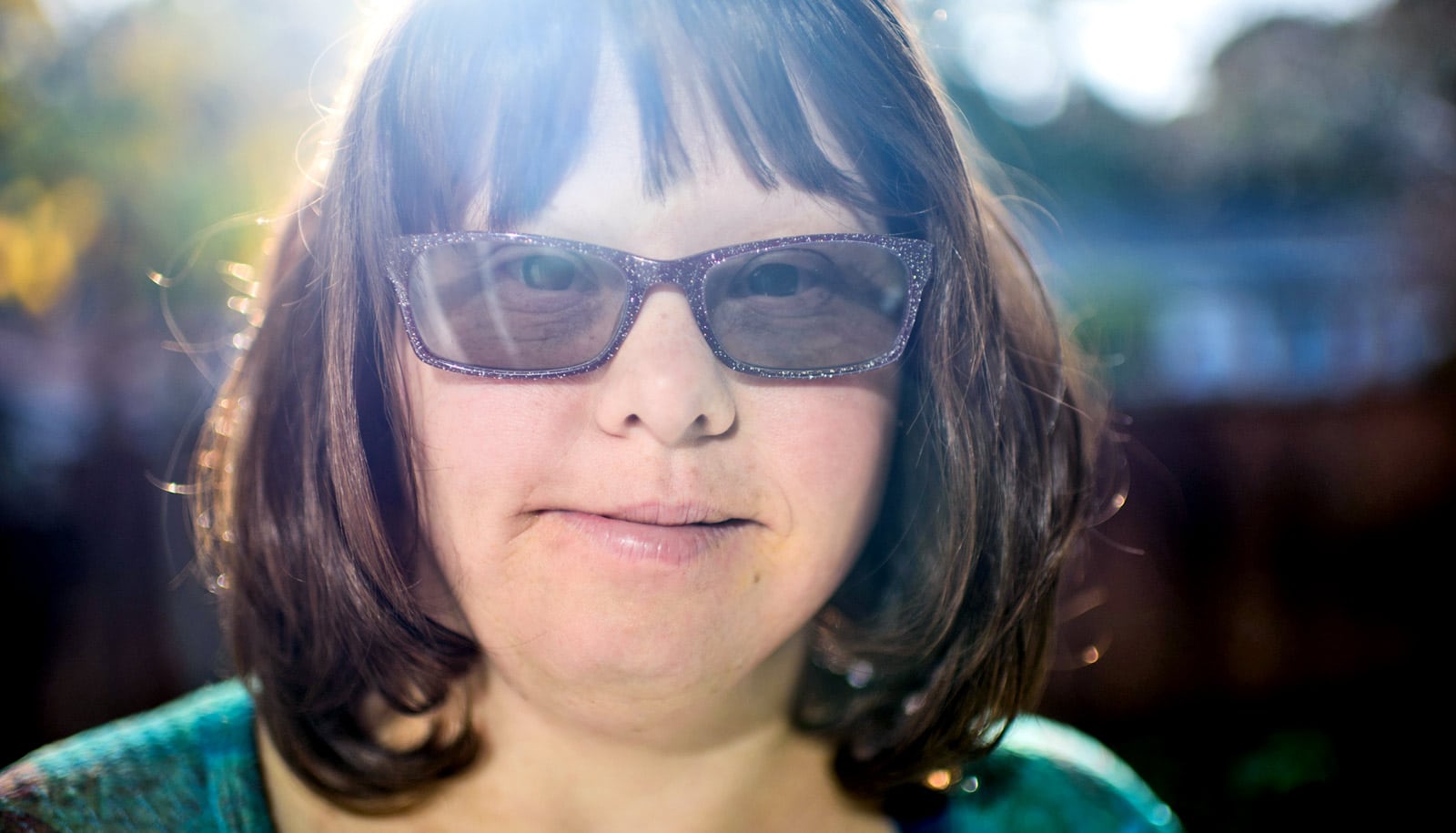
(Credit: Getty Images )
Two things seem to ease catatonia in Down syndrome
Among patients with Down syndrome, lorazepam and electroconvulsive therapy both resulted in reduced behavioral symptoms of catatonia over time.

New research suggests the most effective treatments for catatonia in people with Down syndrome.
Only recently has catatonia, a behavioral condition marked by new onset immobility, mutism, withdrawal and other behavioral abnormalities, been recognized in Down syndrome.
Down syndrome, due to an extra chromosome 21, occurs in 250,000 children and adults in the United States, making it the country’s most common chromosomal disorder. Inherited heart defects, thyroid cancer, celiac disease, and developmental disabilities are common Down syndrome complications.
The study involved the assessment of seven adolescents with Down syndrome and who had received a diagnosis of catatonia between 2013 and 2018.
“As this was the first well-studied group of patients with Down syndrome who developed catatonia, we collected a comprehensive data set of medical, developmental, demographic, family, social, and genetic information,” says Judith Miles, professor emerita of child health-genetics in the University of Missouri’s Thompson Center for Autism and Neurodevelopmental Disorders.
“By involving the patients’ families throughout the process, we were able to monitor progress over time in a patient-centered way.”
Miles found catatonia in young people with Down syndrome, for the most part, resembles catatonia complicating other psychiatric and medical disorders.
Lorazepam, a sedative drug that helps restore the balance of neurotransmitters in the brain, and electroconvulsive therapy, which involves a brief electrical stimulation of the brain while the patient is under anesthesia, both resulted in reduced behavioral symptoms over time.
The research highlights the importance of sustained treatment to help patients with Down syndrome and catatonia maintain recovery long-term.
“This research can help families, physicians, and psychiatrists who take care of kids with catatonia,” Miles says. “Our main goal is to enhance medical services and treatment options in order to ultimately improve health outcomes.”
The study appears in the journal Neuropsychiatric Disease and Treatment.
Source: University of Missouri
The post Two things seem to ease catatonia in Down syndrome appeared first on Futurity.
Share this article:
This article uses material from the Futurity article, and is licenced under a CC BY-SA 4.0 International License. Images, videos and audio are available under their respective licenses.


